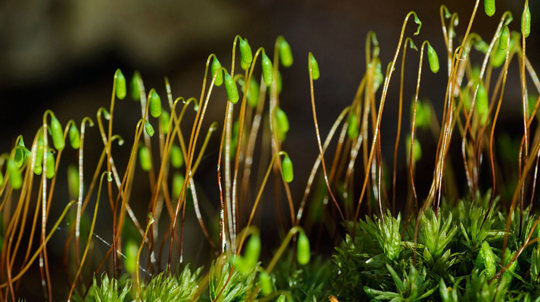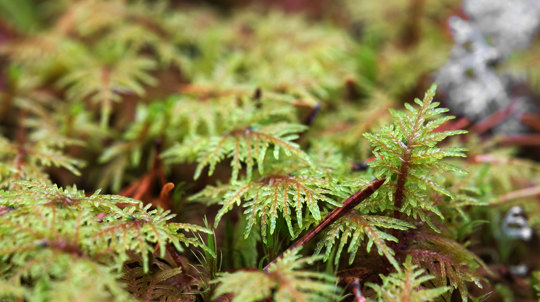Moss has been used as a natural compass around the world, but beware! Moss could grow anywhere as long as there’s water, not just the north side of surfaces. For instance, the direction of prevailing wind and rain can influence where moss grows. So don’t rely on it if you’re lost in the woods.
What side of the tree does moss grow on?

Content manager, botanist and tree lover
Moss is a simple, primeval plant that needs water to survive and reproduce, so it tends to grow in damp, shady places. But is it true that moss always grows on the north side of trees?
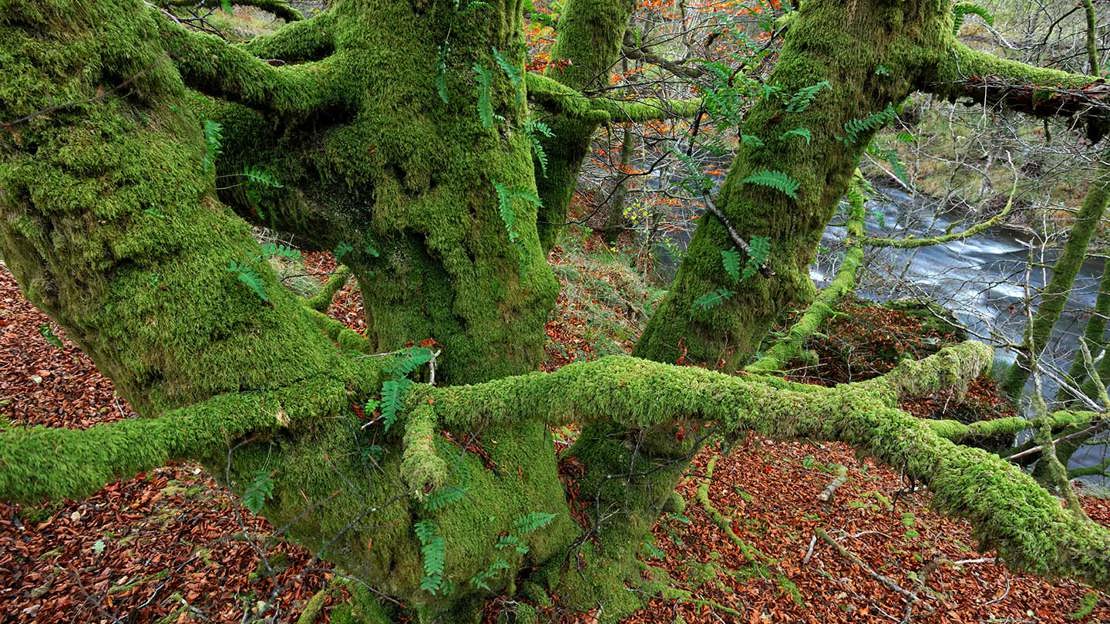
Which side of the tree moss tends to grow on depends where you are in the world. While it doesn’t occur exclusively on the north side of trees, it’s true that moss in the northern hemisphere tends to grow there.
Here in the UK, this is the side of the trees that gets the least sunlight. It’s damp and shady which moss favours. In the southern hemisphere, this is the south side of trees.
Why does moss prefer the north side of trees?
The bottom line is, mosses need water to survive and there are a couple of reasons for this.
- They’re non-vascular plants which means they don't have a network of vessels that moves water and food around the plant. All moss cells need access to water from the environment.
- They need water to reproduce. The male reproductive cells need to move via a film of water to reach the female cells for fertilisation. Sometimes this is within one plant but can also require them to reach another plant, depending on the species. If mosses dry out they are unable to reproduce, which is more likely to happen on the sunnier side of trees.
But the perfect damp conditions don’t just occur on the north side of trees. If a tree bark is deeply grooved with shaded crevices, moss can thrive there too. Or where there’s dripping water or on surfaces close to the damp ground.
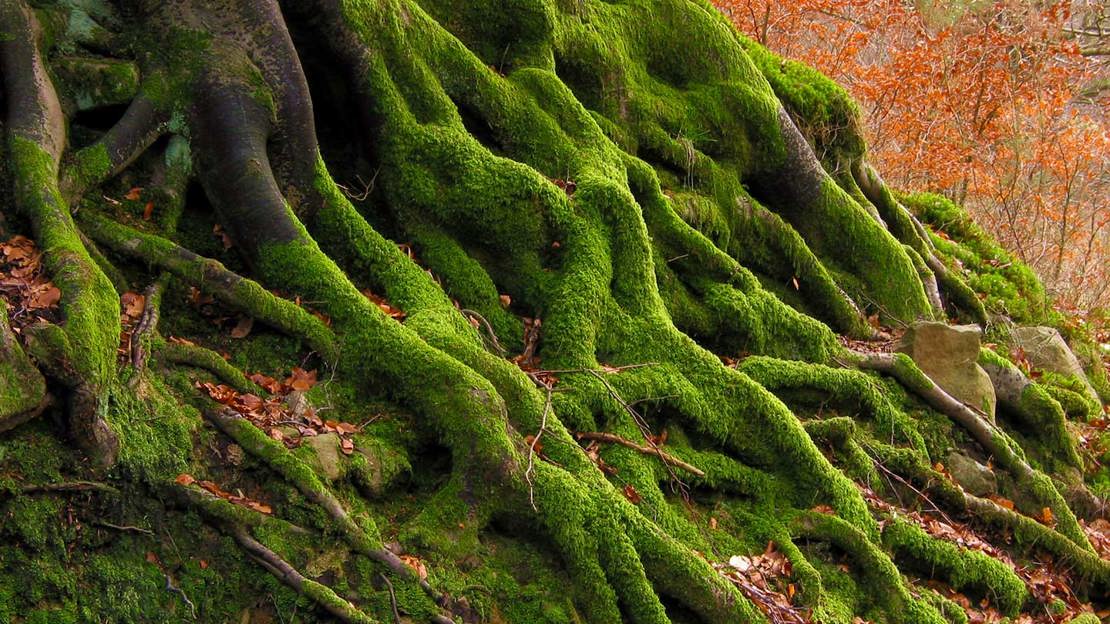
What causes moss to grow on trees?
Moss will grow pretty much anywhere that has enough water, whether it’s trees, fallen logs, roots, walls, buildings or rocks.
But trees offer other benefits to help mosses colonise and flourish. Tree bark is rough and irregular, and these cracks and crevices provide protected micro habitats. They’re ideal for the tiny spores to develop and the growing rhizoids (which are a bit like roots) to take hold. You’ll notice that smoother-barked trees, such as beech, have less moss than rough-barked oaks.
And the steep trunks of trees are relatively competition-free too. There aren’t many other species that can take advantage of these vertical situations.
Is moss on trees good or bad?
Mosses, along with algae and lichens are not parasitic and do not harm trees.
In fact, mosses and other plants and lichens that grow on and around trees are an important part of biodiversity. They harbour a microcosmic world that’s a haven for organisms that are too small for us to see. They include our weirdest and most wonderful creatures such as rotifers, tardigrades and nematodes.
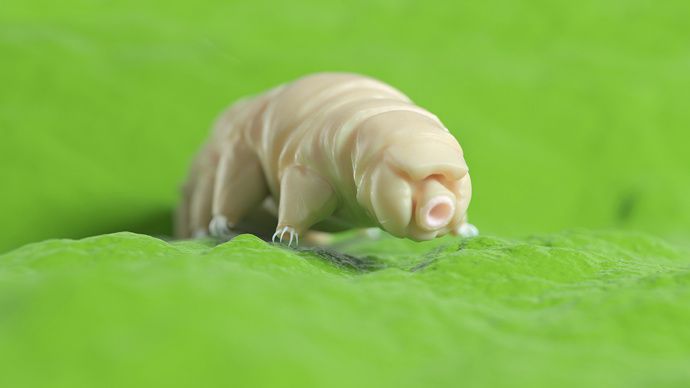
Credit: Sebastian Kaulitzki / Alamy Stock Photo
Tardigrades, sometimes known as water bears, are some of the toughest animals known. They’re able to withstand mind-blowingly extreme temperatures and pressure. Mosses also shelter invertebrates like woodlice and molluscs that are food for birds and small mammals.
Does moss die in winter?
Mosses don’t die off in winter. They have a natural anti-freeze which means they can tolerate very low temperatures.
And when other vegetation dies off and leaves fall, moss is often greener and more noticeable during these colder, wetter months. They can even continue their reproductive cycles. So winter is a great time to get out and explore their diversity.
Find out for yourself
Go on a moss hunt and explore the theory. Which side of the tree does it grow on?
Discover a wood near you

